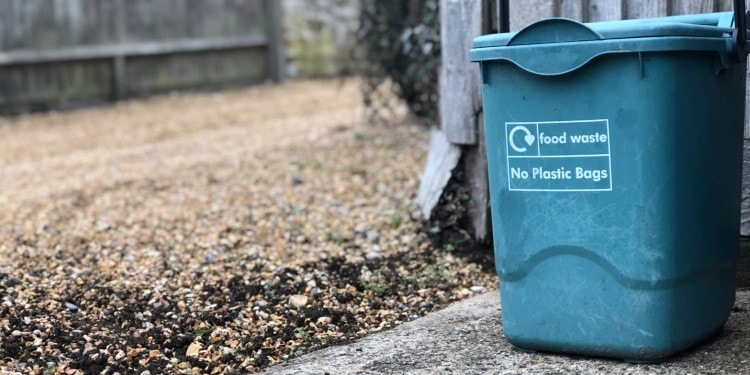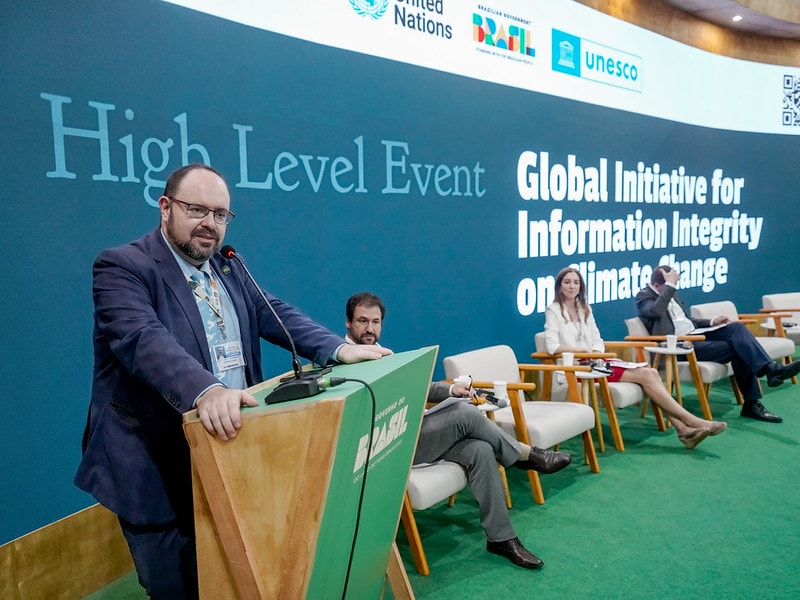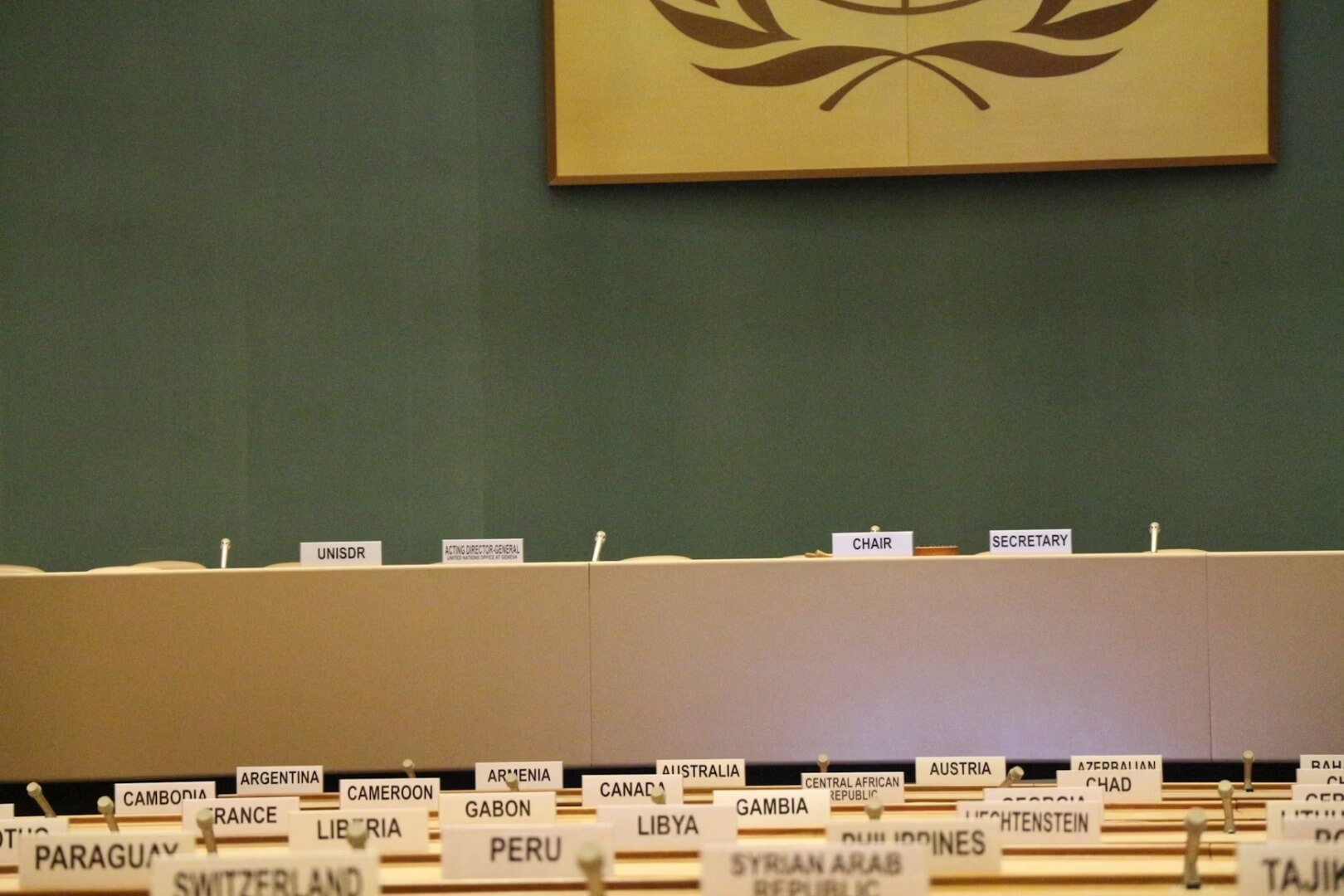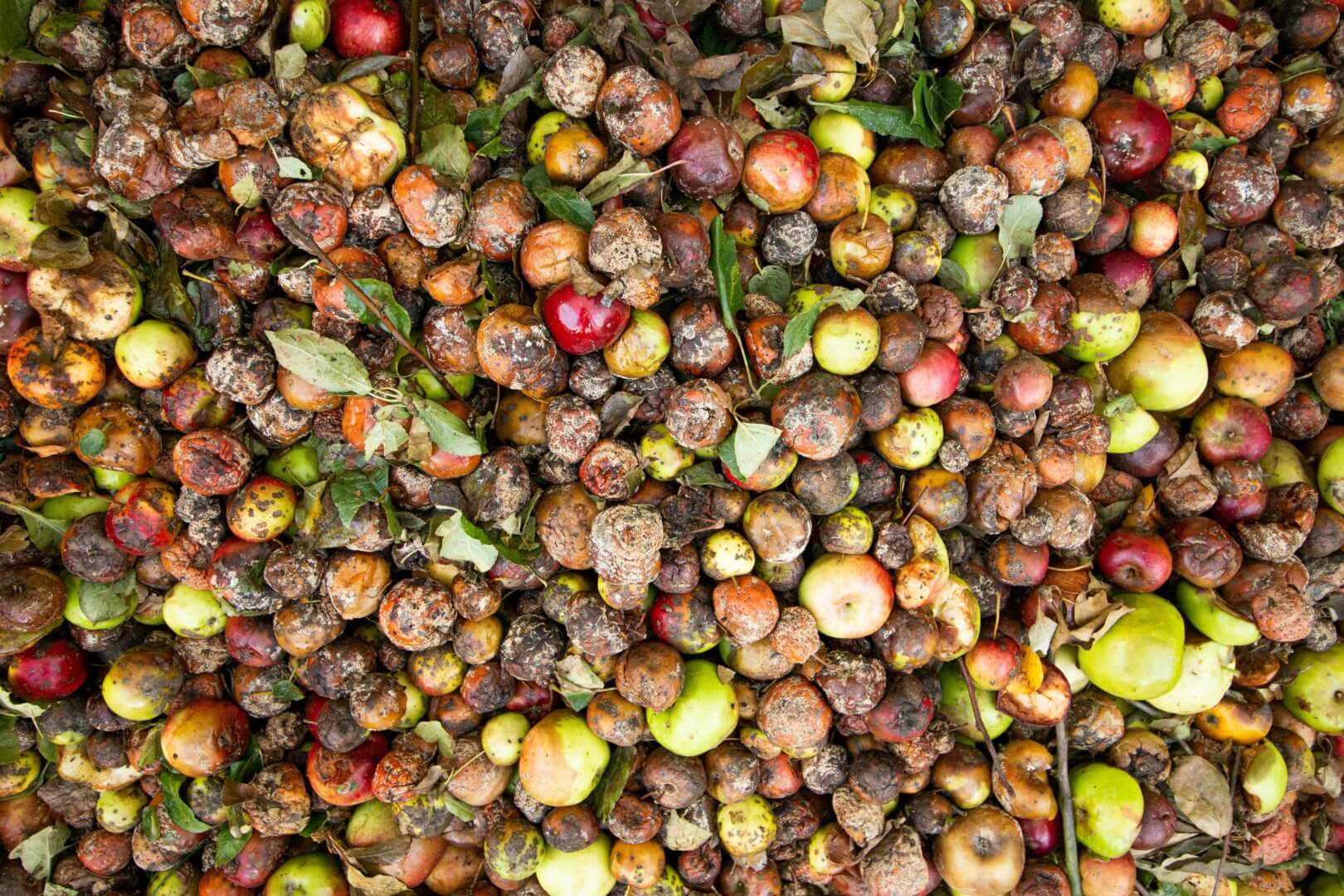Urban Areas Can Lead the Way in Establishing a Framework to Reduce Food Waste.
Five years ago, the UN General Assembly set optimistic goals for the world of tomorrow. Covering everything from access to education to gender equality, these Sustainable Development Goals (SDGs) also included a vision of halving global food waste at retail and consumer levels by 2030.
But as the five-year anniversary of this blueprint fast approaches, lofty ambition has not turned into action. Governments that produced their own plans in reaction to the SDGs have the power to create change for 50% of the world’s population if they act on them. However, a mere 12% are even measuring their food loss and waste, and a tiny 15% are taking real, scalable action.
So, where do we go from here?
One of the reasons tackling food waste can feel so difficult is its complexity. Each segment of society has specific and individual challenges. Develop a perfect system to save food in a kindergarten canteen and it’s unlikely to address the problem of composting in homes. This is made worse by a lack of ownership. National and international targets like the UN goals are important, but they can easily feel like someone else’s problem.
This is where cities can make a difference. Cities have the infrastructure, relationships and local knowledge to translate food waste from something abstract into something tangible. Because local officials are able to see, in granular detail, where food waste is occurring, they can take much more targeted action and drastically speed progress. The municipality has eyes on the school canteens, what people are throwing in their recycling bins, and how much food waste its refuse services are collecting from outside government buildings.
They also have some added pressure: The 2015 Paris Agreement requires the EU to slash greenhouse gas emissions by 40% — and this is likely to be hiked up by the EU to 55% before the end of 2020. Cutting food waste is the best way to get there.
 In the photo: Cities can be instrumental in reducing food waste. Photo credit: Unsplash.
In the photo: Cities can be instrumental in reducing food waste. Photo credit: Unsplash.
Large Populations, Large Opportunity
It’s an opportunity we cannot afford to waste. Cities are not just uniquely well-placed to tackle food waste, they are uniquely responsible for creating it in the first place. Resource-guzzling and densely populated, these urban areas account for a whopping 75% of global carbon emissions despite covering just 2% of the Earth. Food waste at consumption level, right when we should be eating it, is 70% in the EU, and an eye-watering 83% in the United States. And the problem is only going to get worse: By 2050, two thirds of us will be living in cities. To stand any chance of hitting the 2030 goals, we need cities to start playing a much larger role in the fight against food waste.
Achieving this won’t be easy, but it can be done. Paris is an excellent example. After discovering its residents were throwing out unpackaged food at a rate of twice the national average, it developed a food waste reduction plan that included information kits for local stores, putting dedicated stands for unsold goods at local markets and raising consumer awareness through zero-waste brunches. The city now believes it can cut its food waste in half by 2025.
In Milan, food waste efforts have been widespread across society, and schools in the city hand out doggy bags to students to prevent half-finished lunches from going in the bin. So far, more than 31,000 doggy bags have been distributed by 85 schools. A quarter of schools in Milan are now partnered with food donation schemes. What’s more, as of 2014, every single home has a service that separates bio recycling from other household waste, ready to be turned into compost or biogas. In 2018, in response to a nationwide promise that food businesses would receive tax cuts for redistributing surplus food, the city jumped at the chance to make it mandatory for all food businesses in the city to redistribute through charities and food banks.
 In the photo: Paris and Milan have provided examples of how cities can tackle food waste. Photo credit: Unsplash.
In the photo: Paris and Milan have provided examples of how cities can tackle food waste. Photo credit: Unsplash.
A Framework for the Food Waste Fight
But individual initiatives and campaigns can only go so far. To help us win the fight against food waste, we must take the lessons from Paris, Milan, and all city stakeholders and turn them into a framework that can be used by cities everywhere. This framework should be built around four core principles:
- separating organic from all other types of waste;
- measuring and tracking what is being wasted and by whom;
- redistributing surplus food using one of the many freely available cost-effective solutions; and
- transforming any food that can’t be eaten into energy, fuel or animal feed.
The clock on the 2030 climate goals is ticking more loudly every day. With the pandemic throwing a spotlight on the food system and prompting many of us to re-examine our relationship with food, now is the time for mayors and city governments to realize the ball is in their court and show political leadership to set concrete targets, working hand in hand with the entire city so “zero food waste cities” become a reality.
EDITOR’S NOTE: The opinions expressed here by Impakter.com columnists are their own, not those of Impakter.com.















